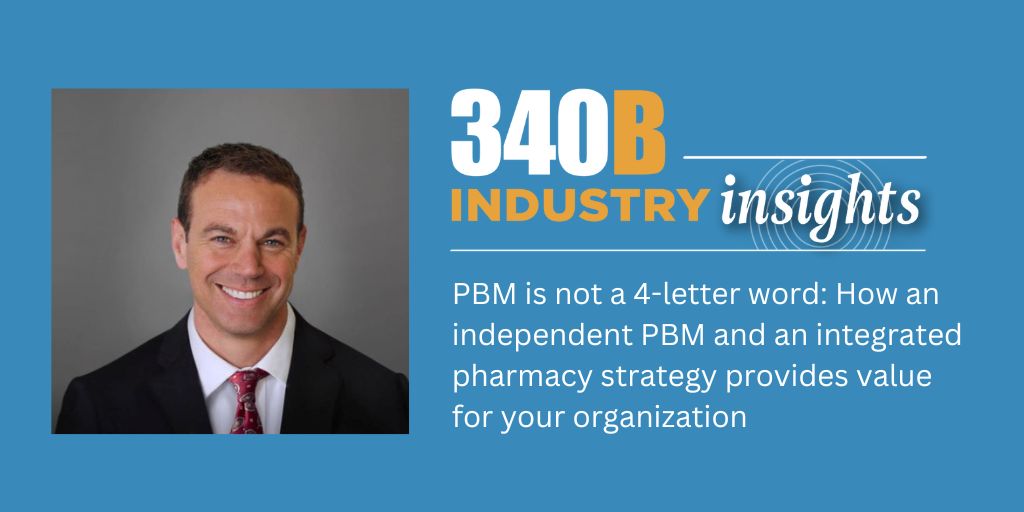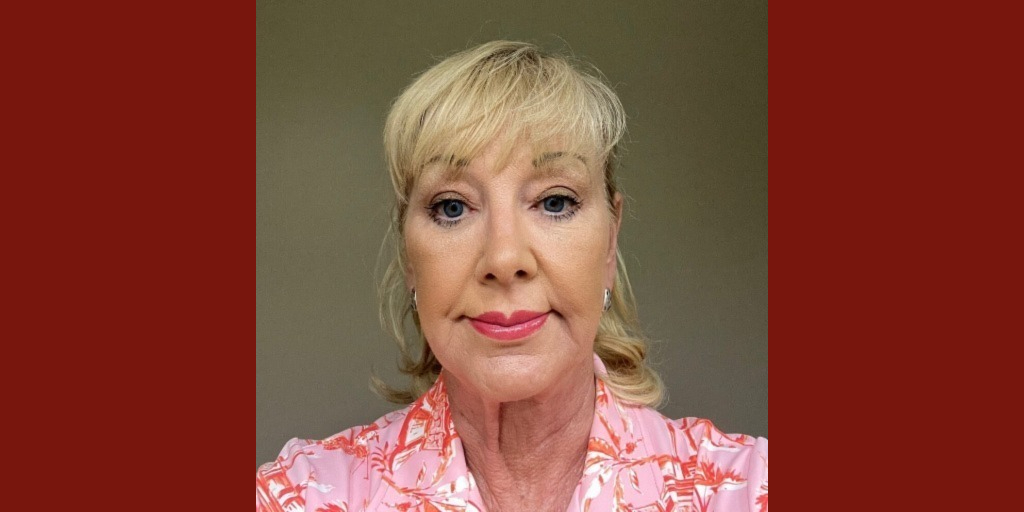SPONSORED CONTENT
Every dollar counts when you’re serving an underserved population. However, many organizations fail to incorporate a holistic approach to pharmacy and typically will separate pharmacy benefit management from pharmacy operations management. Creating an integrated pharmacy strategy
…











